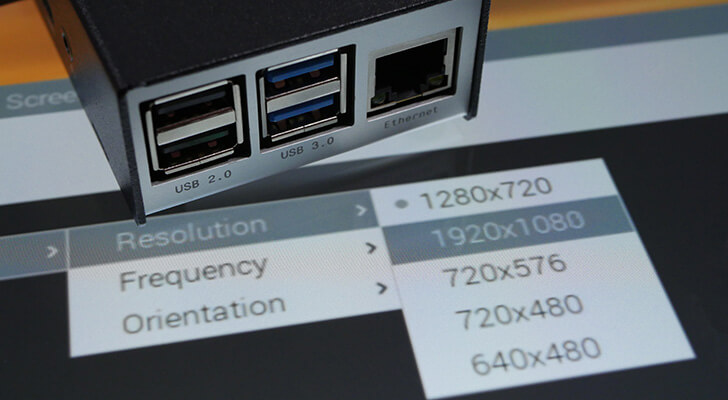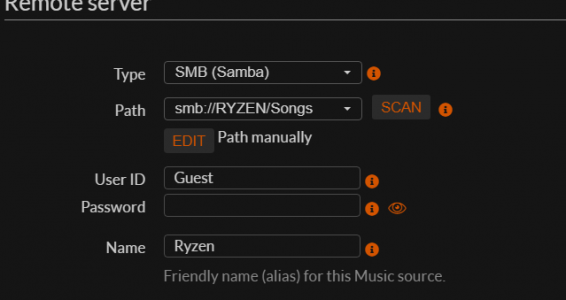A lot. I have been using 64 bit on RPI since 2020 and avoid each and every distribution above because they were all 32-bit. Before that my digital music was through a 64 bit Tumbleweed Linux OS on a x86_64 processor. dietpi, volumio, moode are all web based shells which isolate the end user from Linux. The real job is done by linux applications like mpd for most music playback, librespot for spotify, shairport-sync for airplay. The raspberry PI broadcom cpu works on both 32bit and 64 bit. So it is best to use the original RPI os and learn how to use the applications by oneself. But not everyone has the time to learn Linux which is bit heavy for non-techies.
64 bit means less rounding numbers so less errors when manipulating the audio signal. Every change to the signal will be closer to the original quality.
All DSP processing is done in floating point format and then in the final output stage the floating point data is converted to the DACs native input format which is always a signed integer of 16 up to 32-bit width.
32-bit precision is useful to save CPU and battery because majority of CPUs have native hardware support 32-bit floating point arithmetic. It will provide enough resolution (SNR) for all modern DACs and amplifiers which is maximum
144.49 dB (we can use only fractional part of 32-bit floating point number for the output to the DAC which is 24-bit). Therefore 32-bit floating processing mode is the best common mode which provides a good trade off between CPU/power consumption and final sound quality.
64-bit precision moves the quality of the sound processing to the next level. Modern 64-bit CPUs offer native hardware support for 64-bit floating point math, so there is no much CPU overhead in comparison with 32-bit CPUs. Much higher precision allows to avoid the loss of the valuable bits with audio data during digital sound processing which normally is -
Resampling and DSP effects. 64-bit precision allows to reach
192.66 dB SNR (for output in 32-bit integer format).
The loss of the valuable bits is causing the
quantisation error which constantly accumulates inside the digital filters and intermediary variables. Quantization error affects the final sound quality making it more digital-like. Quantization error will always appear inside the processing chain if there is at least single intermediary truncation to the 32-bit value. As a result with 64-bit processing the SNR ratio improves, that makes sound more soft and audibly pleasant to the listener.





